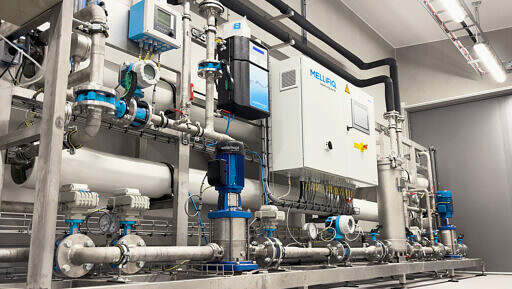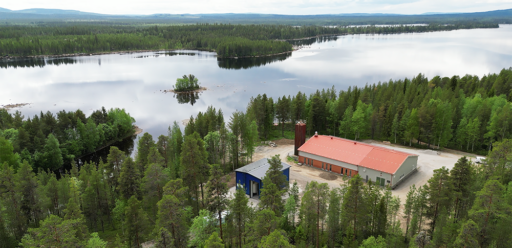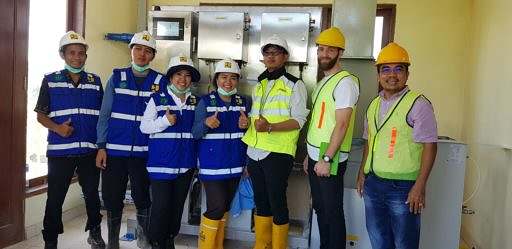Are you interested?

If you are looking for the best choice of effective industrial water filtration, then Water Maid should be your firsthand choice.
Scroll Down

Water Maid offers a complete range of the most efficient and sustainable industrial multimedia filtration systems and solutions for pre- and post-treatment of feed and process water.

Water Maid Systems.
Benefits that make Water Maid the go to choice.
Water Maid offers the ultimate line of water filtration systems, considering current and coming industry standards and regulations, our customers manufacturing process, the need of maintenance and resources and their environmental goals.
- Premium quality spare parts and components.
- The most compact filter solutions, compared to other competitive media solutions.
- Increased lifetime and overall performance.
Water Maid Products & Accessories.

Water Maid’s world leading expertise.
Water Maid’s world leading expertise and integration competency provides carefully engineered complete filtration systems for complex water treatment challenges.

Water Maid related reference project.

Mellifiq solves enduring groundwater problem with our AquaFloc

Mellifiq’s Innovative Drinking Water Plant in Östersund

Sewage Treatment Plant for Pharmaceutical Residues Removal

Reproduction company removes antibiotics from process water

Efficient decolorization and COD removal for the largest landfill in Bali, Indonesia

